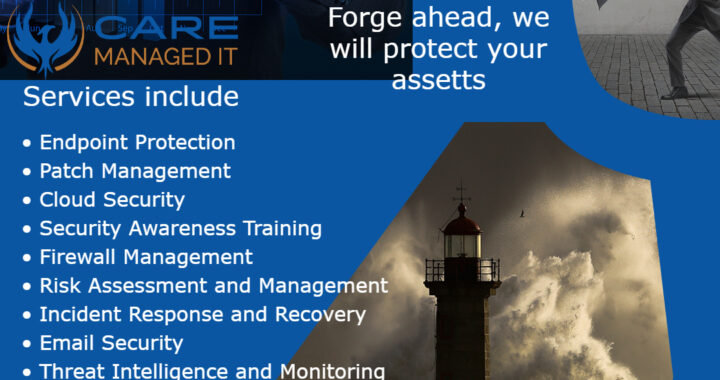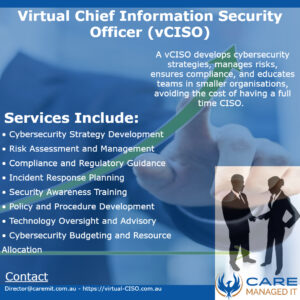Changing the Narrative, Do Victims Of Cybercrime Deserve Our Support 
Cybercrime victims often face their battles in the shadows, unnoticed by a society that rallies fervently around those harmed by physical and emotional crimes.
In the evolving landscape of modern crime, the distinction between traditional crime victims and those of cybercrime has become starkly evident, revealing a chasm in societal attitudes and responses.
When individuals or businesses fall prey to physical crimes such as assault, robbery, or break-ins, community support typically swells, offering a cushion of empathy and solidarity.
However, victims of cybercrime often navigate their aftermath in relative isolation, grappling not only with the tangible losses but also with an undercurrent of stigmatization and blame.
This disparity stems, in part, from the intangible nature of cybercrime.
The digital realm feels abstract, and its breaches, while devastating, lack the visceral immediacy of physical violations.
There’s a misguided perception that virtual spaces afford more control, leading to a harsher judgment of those compromised by cybercriminals.
“They should have known better,” the narrative often goes, ignoring the sophisticated and continually evolving tactics employed by cybercriminals that can outmaneuver even the most cautious.
Addressing this attitude requires a collective shift in understanding and empathy.
Just as communities rally around victims of physical crimes, there must be a concerted effort to extend the same compassion to those targeted in the digital sphere.
Public awareness campaigns can illuminate the complexities of cyber threats and the fact that no entity is immune despite rigorous safeguards.
Such initiatives can foster a more nuanced appreciation of the challenges faced by cybercrime victims and the critical importance of a supportive response.
Moreover, fostering a culture of collective cybersecurity responsibility can help.
Just as neighborhood watch programs unite communities against local crime, similar collaborative efforts can bolster defenses against cyber threats.
This not only aids in prevention but also ensures a communal support network for those affected.
Transforming societal attitudes toward cybercrime victims is imperative for a cohesive response to this growing threat.
By bridging the empathy gap, we can fortify our collective resilience, ensuring that victims of all crimes receive the support and solidarity they deserve.
Am I being naive or do we need a change in attitude when it comes to victims of cybercrime













